 NYC-based PIRA Energy Group reports that oil inventories are higher and crude demand is lower. In the U.S., stock surplus to last year is roughly flat. In Japan, crude stocks draw amid peak run rates. Specifically, PIRA’s analysis of the oil market fundamentals has revealed the following:
NYC-based PIRA Energy Group reports that oil inventories are higher and crude demand is lower. In the U.S., stock surplus to last year is roughly flat. In Japan, crude stocks draw amid peak run rates. Specifically, PIRA’s analysis of the oil market fundamentals has revealed the following:
World Oil Market Forecast
Oil inventories are higher, crude demand is lower and PIRA is beginning to question the expected 2H 2014 and 2015 lift off in economic activity. Also, add in unrelenting upward revisions to U.S. oil supply growth with non-OPEC supply additions continuing to substantially outpace demand growth and you have a combination of factors pointing to lower prices.
Stock Surplus to Last Year Roughly Flat
This past week’s inventory increase kept the year-on-year overall stock surplus to around 4 million barrels. The crude inventory decline took crude stocks slightly below last year, and at current high run rates crude stocks are still relatively tight, which was reflected in September relative prices. The product stock change reflected lower product imports (to a new low for the year) being offset by weaker reported demand and higher product output.
Japanese Crude Stocks Draw Amid Peak Run Rates, Finished Product Stocks Continue Building
Runs rose fractionally on the week and lower crude imports led to a crude stock draw. Finished products, however, have continued rising amid peak runs. Gasoline demand was higher but is still seen as underperforming seasonal expectations. Gasoil demand rebounded from very low levels. Kerosene stocks continued to build along seasonal norms. All the product cracks improved on the week and our indicative margin indicator rose, but remains rather weak.
Impact of Russian Gas Flow Interruption on Oil Demand
In the low probability event of a complete Russian gas flow stoppage to Europe, oil demand could potentially increase 600 MB/D. In the more likely scenario, still just 30% probability, of a stoppage of flows through Ukraine to Europe, the impact on oil demand would not be material.
U.S. Refinery Turnarounds, September 2014 – December 2015
There was a relatively high level of crude unit downtime during August and the level of both planned turnarounds and other outages carrying over from the current month is expected to increase over the next couple of months.
Freight Market Outlook
A glut of crude oil in the Atlantic Basin has caused the flat price of crude to fall and regional grade differentials with Asia to narrow substantially. The Brent-Dubai spread has narrowed to its lowest value in four years, prompting a significant increase in the number of West African cargoes headed to Asia in August. In addition, the Dubai price structure is now in contango, with forward prices higher than those for the prompt month, making it easier to hedge cargoes on the long voyages from the Atlantic. This is a good omen for VLCC operators as more vessels are tied up on long voyages around the horn of Africa from the Atlantic to Asia. The flip side, of course, is that Mideast liftings to Asia in the fourth quarter will have to decline to make room for the added Atlantic Basin supplies.
Asian LPG Prices to Benefit from Lower Saudi CPs
LPG prices in Asia held steady this week, prior to this weekend’s imminent release of Saudi contract prices for Sept tons. CP futures prices indicate that the propane CP could fall while Asian destination markets show that the butane CP could remain flat or perhaps drop by $10/MT.
Ethanol Demand Soars
U.S. ethanol-blended gasoline manufacture soared to 8,904 MB/D the week ended August 22, up from 8,667 MB/D during the prior week and very close to the record 8,980 MB/D set in May. Ethanol output dropped to 913 MB/D, the second lowest rate of production since April.
U.S. Ethanol Prices Rise in August
Ethanol prices rose in August, after falling during the prior three months. The market tightened as stocks drew by the largest amount since March 2013.
The information above is part of PIRA Energy Group's weekly Energy Market Recap which alerts readers to PIRA’s current analysis of energy markets around the world as well as the key economic and political factors driving those markets.


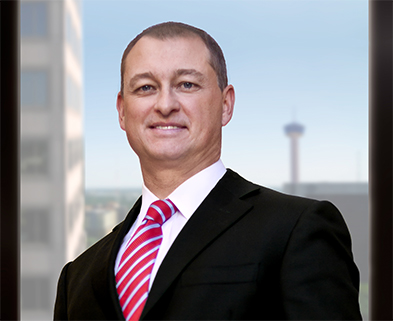 Many non-U.S. companies may owe Uncle Sam federal income taxes if they conduct business on the US Outer Continental Shelf ("OCS"). And the IRS has indicated that it is actively seeking non US companies or individuals who may be performing a variety of activities for the energy industry on the OCS such as: providing services as contractors including seismic testing, drilling, repair, salvage, etc.; owners or operators of non US registered vessels that bareboat or time charter to others; or operating vessels to transport supplies or personnel between US ports and locations on the OCS.
Many non-U.S. companies may owe Uncle Sam federal income taxes if they conduct business on the US Outer Continental Shelf ("OCS"). And the IRS has indicated that it is actively seeking non US companies or individuals who may be performing a variety of activities for the energy industry on the OCS such as: providing services as contractors including seismic testing, drilling, repair, salvage, etc.; owners or operators of non US registered vessels that bareboat or time charter to others; or operating vessels to transport supplies or personnel between US ports and locations on the OCS.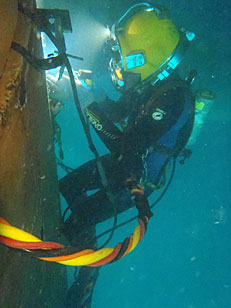 Underwater wet welding
Underwater wet welding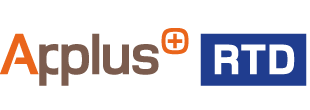 Applus RTD,
Applus RTD,  A Chinese company with both the capital and ambition to strategically expand its influence is the most likely suitor for Citgo Petroleum Corporation (CITGO), which state-owned Petróleos de Venezuela, S. A. (PDVSA) is looking to sell for at least $10 billion, with a Canadian bid also possible, says an analyst with research and consulting firm
A Chinese company with both the capital and ambition to strategically expand its influence is the most likely suitor for Citgo Petroleum Corporation (CITGO), which state-owned Petróleos de Venezuela, S. A. (PDVSA) is looking to sell for at least $10 billion, with a Canadian bid also possible, says an analyst with research and consulting firm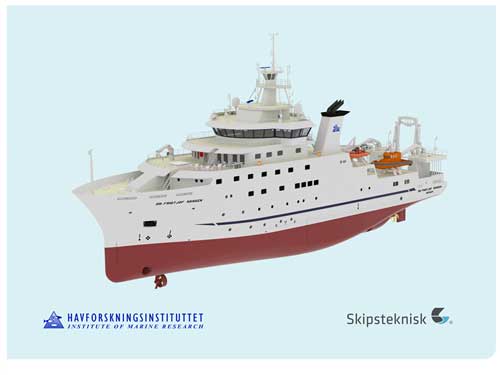 The Institute of Marine Research (IMR)
The Institute of Marine Research (IMR)  From a peak of 396 in 1996, numbers of wells drilled offshore UK fell to 164 in 2013, a low not seen since 1979. Development wells were down from 289 in 1998 to 120 in 2013. Exploration & appraisal drilling, on which offshore production ultimately depends, saw numbers fall from 224 in 1990 to 44 last year. Of these the key driver is of course exploration wells, down from 157 in 1990 to just 15 last year.
From a peak of 396 in 1996, numbers of wells drilled offshore UK fell to 164 in 2013, a low not seen since 1979. Development wells were down from 289 in 1998 to 120 in 2013. Exploration & appraisal drilling, on which offshore production ultimately depends, saw numbers fall from 224 in 1990 to 44 last year. Of these the key driver is of course exploration wells, down from 157 in 1990 to just 15 last year.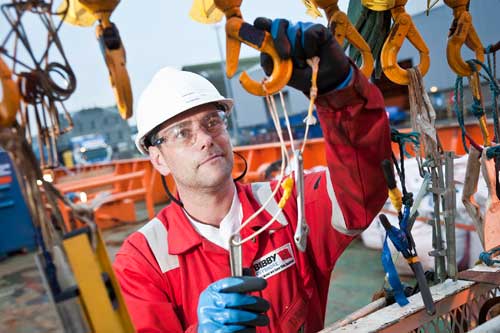 Bibby Offshore,
Bibby Offshore,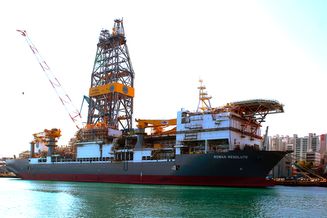 (Houston) ABS, the leading provider of classification services to the global offshore industry, continues to improve construction and integration timeliness with the completion of the
(Houston) ABS, the leading provider of classification services to the global offshore industry, continues to improve construction and integration timeliness with the completion of the  NYC-based
NYC-based 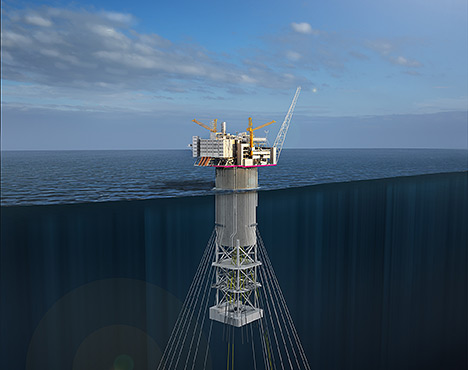 llustration: The Aasta Hansteen platform will be the largest SPAR platform in the world. (Illustration: GeoGraphic /
llustration: The Aasta Hansteen platform will be the largest SPAR platform in the world. (Illustration: GeoGraphic /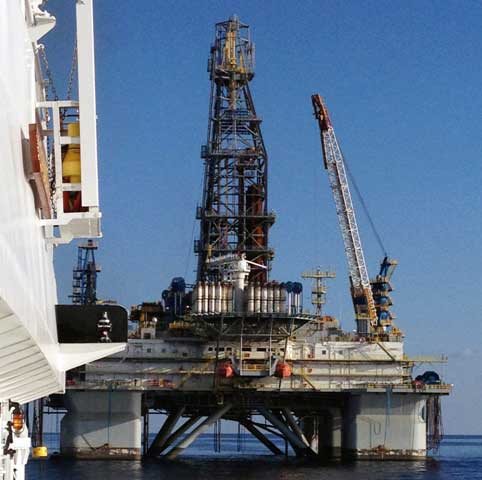 Once again displaying their diversity for use in the domestic petroleum industry, one of
Once again displaying their diversity for use in the domestic petroleum industry, one of 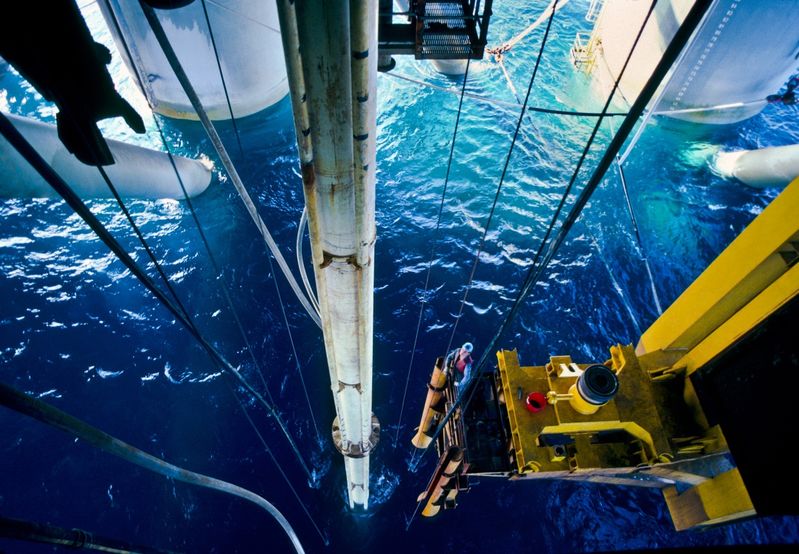 The maintenance of blowout preventers (BOPs) has significant financial, logistical and safety implications for drilling operators and rig owners. DNV GL has now established a Joint Industry Project (JIP) to develop a risk-based maintenance methodology with the aim to deliver more effective and cost-efficient BOP maintenance. Several BOP manufacturers, operators, rig owners and shelf state regulators have already joined the JIP, and others may still come on board.
The maintenance of blowout preventers (BOPs) has significant financial, logistical and safety implications for drilling operators and rig owners. DNV GL has now established a Joint Industry Project (JIP) to develop a risk-based maintenance methodology with the aim to deliver more effective and cost-efficient BOP maintenance. Several BOP manufacturers, operators, rig owners and shelf state regulators have already joined the JIP, and others may still come on board. Wild Well Control, Inc
Wild Well Control, Inc
 Ocean Specialists, Inc (OSI)
Ocean Specialists, Inc (OSI)